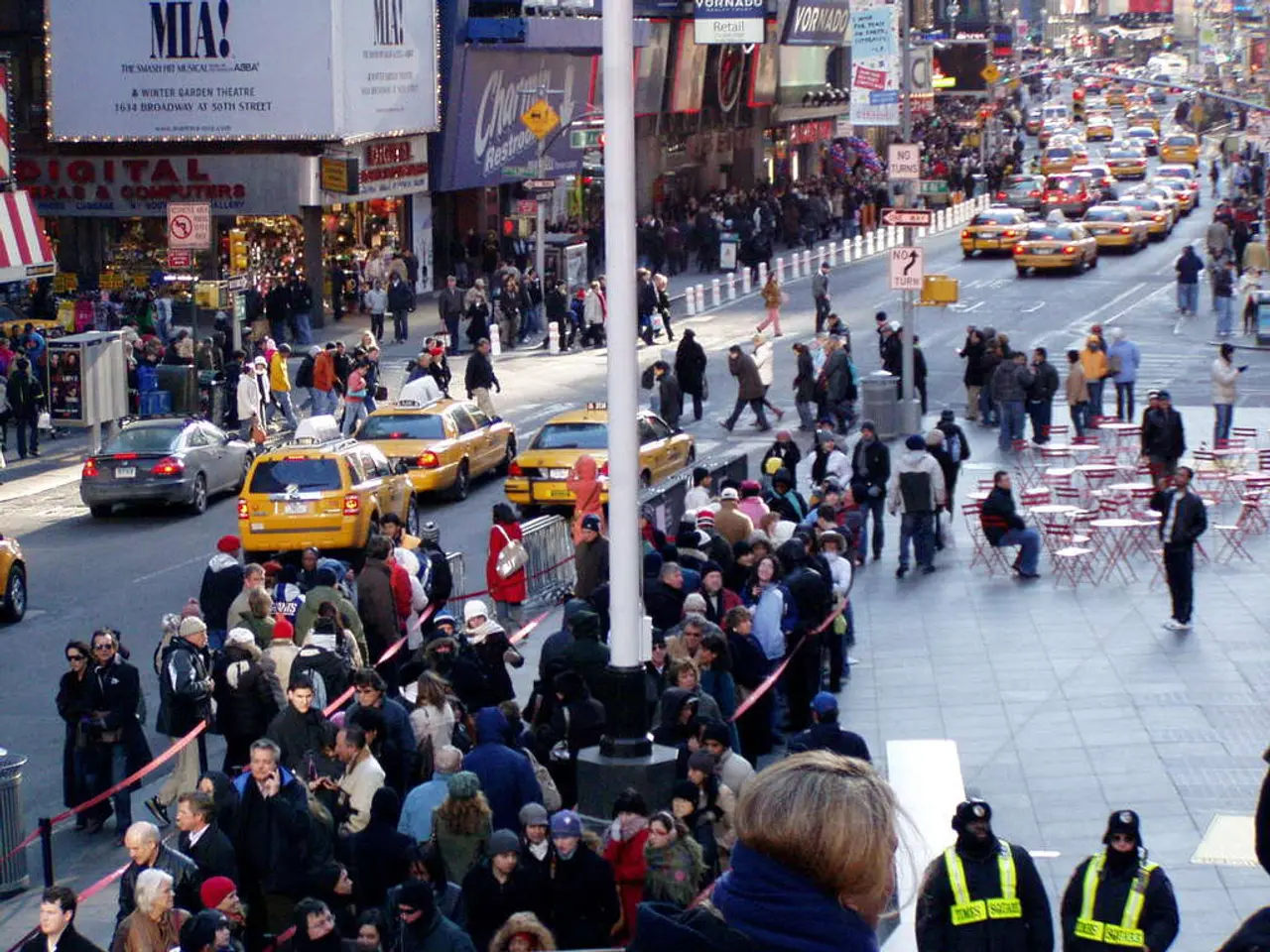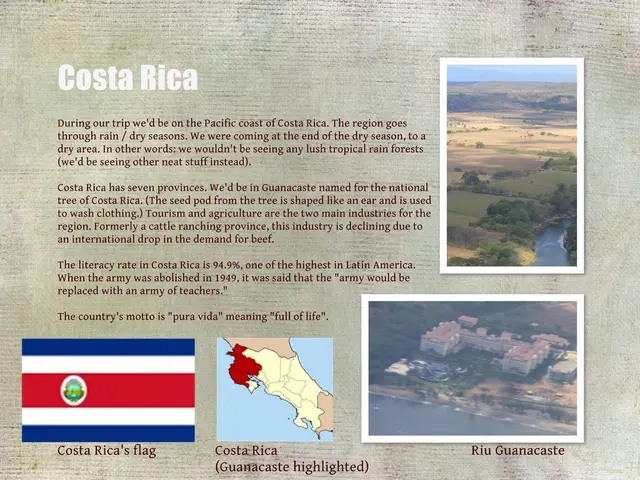Urban Traffic Management Methods in European Cities: Exploring Strategies for City Transportation
In an effort to create a greener and smarter urban landscape, European cities are focusing on improving their transportation systems. This shift towards sustainable mobility is being driven by various initiatives that make shared mobility options more attractive and convenient.
One such strategy is the implementation of pedestrian-friendly urban designs. By prioritizing walkability and safety for pedestrians, cities can reduce car usage, enhance urban air quality, and promote physical activity. Cities like Leuven in Belgium and Dresden, Germany, are leading the way with successful public transport measures, such as autonomous robobus pilots and expanded tram lines. Rural projects in Germany are also demonstrating the effective integration of on-demand services and better coordination in public transport, improving mobility for young people and contributing to more equal living conditions.
Technology plays a significant role in these urban transformation efforts. European cities are integrating technology into their transportation systems to optimize traffic flow and provide real-time information to commuters. Mobility as a Service (MaaS) platforms, for instance, enable users to access various transportation modes seamlessly through a single digital platform, promoting efficient and sustainable travel options.
Helsinki, Finland, has revamped its transport system by integrating various modes of public transport into a seamless network, encouraging residents to rely less on private cars and opt for sustainable alternatives. Learning from successful case studies like London's Congestion Charge Scheme and Helsinki's Public Transport Transformation, cities can overcome challenges and seize opportunities to enhance the overall quality of urban life through effective traffic management strategies.
Promoting carpooling and ride-sharing is another essential aspect of reducing traffic congestion and fostering a more sustainable urban mobility landscape. Community-based ride-sharing programs encourage locals to share rides, contributing to a more efficient use of transportation resources and decreasing the number of vehicles on the road.
The integration of autonomous vehicles can also enhance safety, reduce traffic congestion, and optimize transportation efficiency. Incorporating technologies such as smart traffic lights, pedestrian sensors, and real-time navigation apps enhances the pedestrian experience and contributes to a more integrated and sustainable urban transportation ecosystem.
Government policies and regulations support these efforts, focusing on enhancing the overall mobility experience for residents while promoting sustainability and environmental friendliness. Embracing future trends like autonomous vehicles and MaaS platforms can lead to even greener and smarter urban landscapes.
European Urban Mobility Strategies aim to improve transportation efficiency and reduce traffic congestion in cities across Europe. Sustainable transport initiatives such as public transportation, cycling infrastructure, and walking pathways are emphasized to reduce dependency on private vehicles. By embracing pedestrian-friendly urban design, cities can create safe and accessible pathways for pedestrians, reducing reliance on cars, and promoting a healthier environment.
In conclusion, European cities are leading the way in sustainable urban mobility, implementing various strategies to create a greener, smarter, and more pedestrian-friendly urban landscape. These initiatives not only improve the overall quality of life for residents but also contribute to a healthier environment and a more sustainable future.
Read also:
- Inherent Skills Know No Bounds, Yet Access to Employment Remains Unequal: Suggestions for a More Equitable Job Market of the Future
- Celebrating International Day of Democracy: Emphasis on Diversity and Unity
- Affordable supermarket purchases from dollar stores are not sabotaging typical American nutritional habits, according to research findings
- Subaquatic Education Bundle







